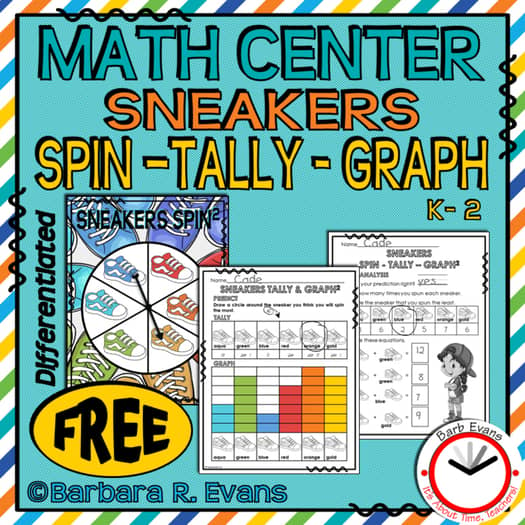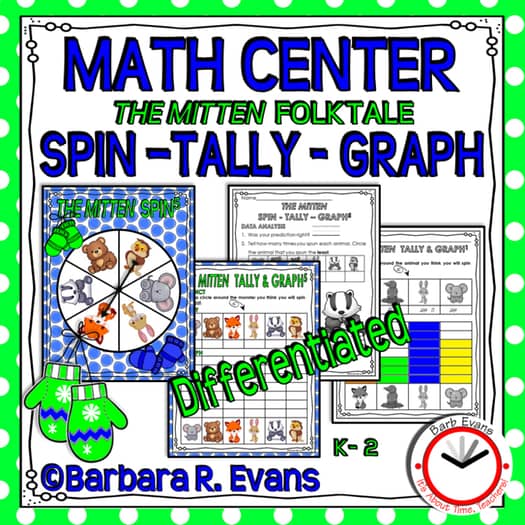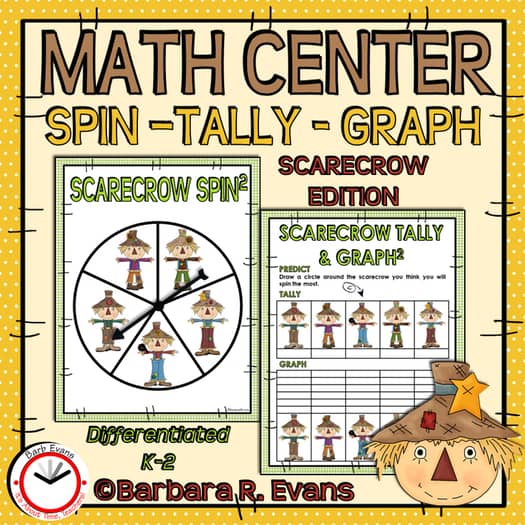When creating math centers, help yourself by teaching smarter, not harder. To this end, one of my favorite math centers is a bulletin board display, too! Killing 2 birds with 1 stone is definitely smart.
HOW MANY WAYS? is an example of a bulletin board math center that exercises multiple skills, differentiates instruction, and easily challenges fast finishers, enrichment students, and G/T kiddos all at once.
This BACK TO SCHOOL version is FREE!! It provides all the materials you need to customize the center to your needs. For example, you may choose to post pencils with counting dots for very young learners, or eschew the counting version for pencil icons with just numbers. Additionally, you can select the question that best suits the abilities of your learners:
- How many ways can you count to --- ?
- How many ways can you get to --- ?
The 2nd question requires students to use basic operations to reach the target number. This, too, provides differentiation as you select the operation(s) under study and/or within your children's skill set.
The target number can be changed daily, weekly, or at whatever interval seems most doable to you. The operation symbols can also be exchanged/added/subtracted as you wish.
This math center can be used during your math block or in a number of other ways. For example, establish it as an bell ringer activity, training your students to engage in it upon arrival each day. It can also be used for enrichment students, G/T, and/or fast finishers. As its name implies, the challenge is to find multiple ways of reaching the target number. This exercises your learners' Higher Order Thinking Skills, fluency, and flexibility.
The procedure for How Many Ways? can challenge each individual to list all the ways s/he discovers. Or, the center group of students can work collaboratively to make a list. You can even create competition between center groups to determine which group can find the most ways to answer the question.
Individuals can list their solutions in their math journals.
Another option is to have your pupils write each equation on a sticky note, posting it on the wall by the bulletin board. This choice also calls on the children to check for duplicates and inaccuracies.
If you are intrigued by How Many Ways?, you can get all nine versions in the bundle in my TPT store.
WANTED NUMBERS is another bulletin board math center that I love.
This, center, too, can be used in various ways:- bell ringer
- math center rotations
- math journals
- enrichment, G/T, early finishers
- team competition
The above picture shows the bulletin board display. The number on the wanted poster can be changed by the teacher, as can the form of the wanted poster. Three versions of the poster are included, allowing growth over time and instant differentiation.
Provide copies of the poster for your students. They add the wanted number that is displayed, then complete the form. Exemplars can be printed for their use or simply require the children to illustrate their ideas.
Expectations for the posters will naturally evolve as the class advances through the curricula. Thus, primary classes may start with single digit numbers, adding more digits as their understanding grows.
Teachers may also choose to allow students to select their own number for the posters, giving them choices with parameters such as:
- odd/even numbers
- numbers between 40 & 70
- 3 digit numbers
- fractions
- factors of 5
- etc.
All of the choices available for Wanted Numbers should make this math center bulletin board an enduring activity. One bulletin board done for the entire year!
Always strive to work smarter!





















































